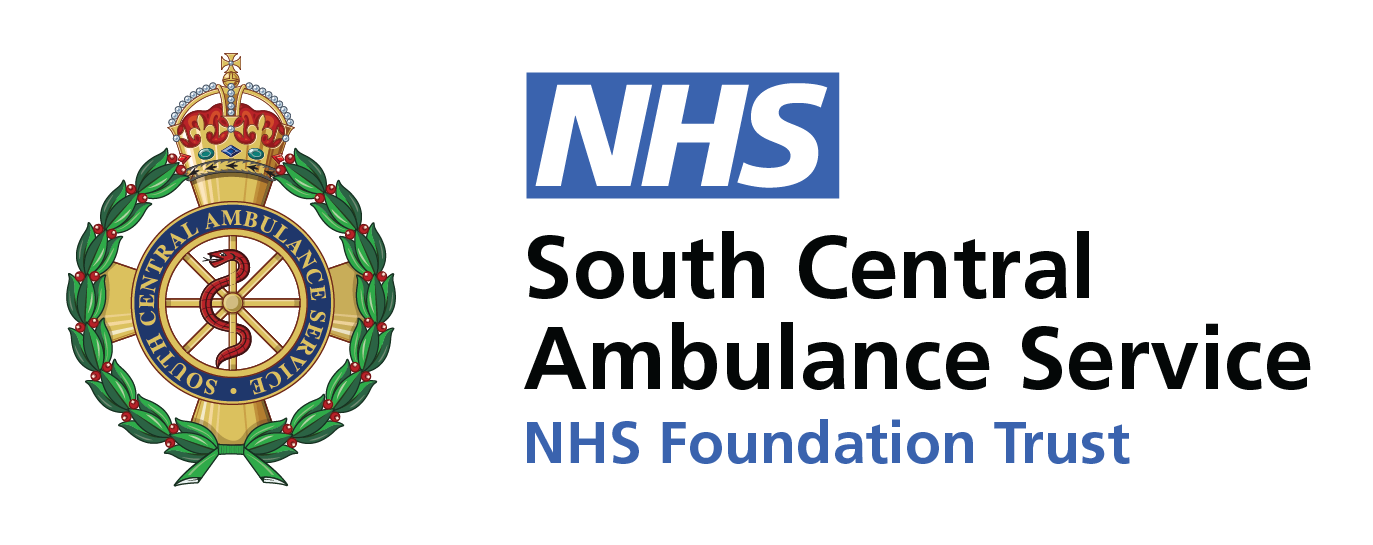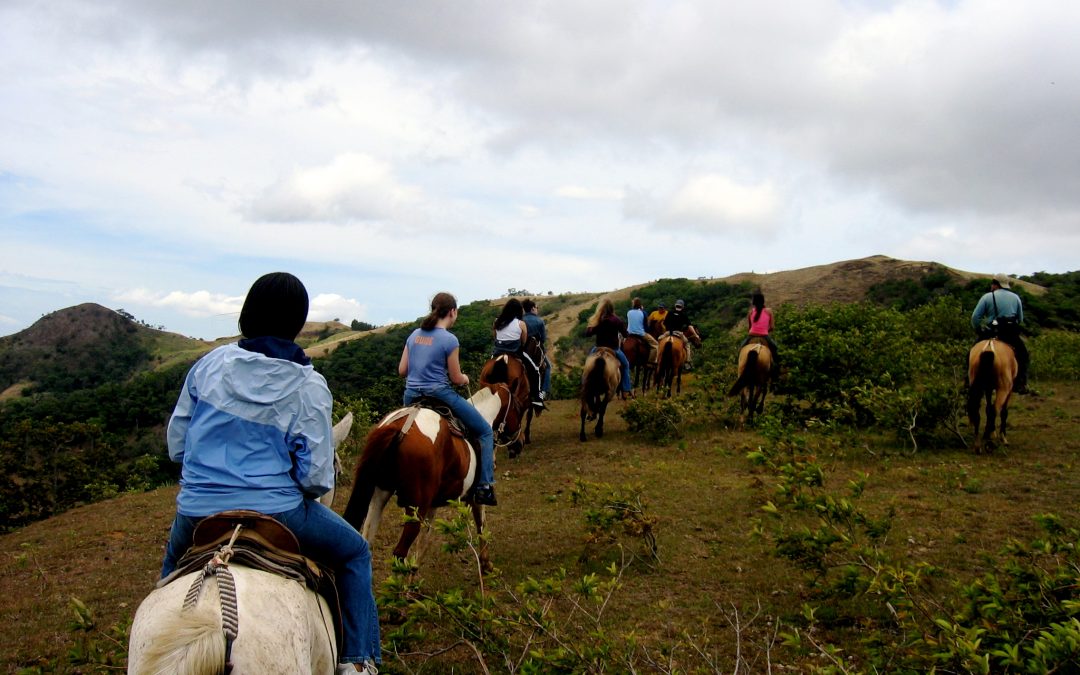If you are a walker, a cyclist or a driver it’s also important that you know what to do when near a horse.
Here we give you some vital safety information.
Dogs and horses
You are out in the countryside with your dog when suddenly a horse rider appears. Would you know what to do? Equally, if you are a horse rider, especially a novice one, would you know what to do?
Horses and cycling
You are cycling in the countryside when suddenly a horse rider appears. Would you know what to do? Equally, if you are a horse rider, especially a novice one, would you know what to do?
Horses and road safety
Source: Think!
Horses are large powerful animals but they can easily panic and bolt if startled. The consequences to drivers, their car, the horse and its rider can be horrendous. By following some basic advice, drivers and riders can help avoid accidents involving horses on the road.
The facts
- 11 horse riders were killed and 116 seriously injured in collisions with motor vehicles, in the five years to 2015
- Horses can weigh more than half a tonne – they are easily scared by noise and may panic around fast-moving vehicles
THINK! Advice
Advice for motorists
- Slow down and be ready to stop if necessary
- Look out for riders’ signals to slow down or stop
- Watch out for sudden movements, horses can be easily frightened and unpredictable
- Don’t sound your horn or rev your engine
- Pass wide and slow when overtaking, giving the horse plenty of room. Don’t accelerate rapidly once you have passed them
- On roundabouts, horse riders will keep to the left within the roundabout until reaching their exit, when they will signal left. They will normally signal right only when approaching exits they don’t intend to use
Advice for horse riders
- Always display fluorescent/reflective clothing on both horse and rider whatever the weather or light conditions
- If at all avoidable, don’t ride in failing light, fog or darkness. Avoid icy or snowy roads
- If riding a horse that is not used to roads, ask a rider with a horse who is experienced and calm to accompany you
- Never take a mounted group of more than eight horses on the road
- If riding two abreast, move into single file as soon as it is safe for the motorist to overtake. Don’t ride more than two abreast on the road
- Always cross major crossings in a group, rather than trickling across one by one
- Leave details of your intended route and estimated time of return with a responsible person
How to fall off a horse safely
Top tips
- Bend through the body and bring one arm around, across the body — avoid putting both arms out in front of you, this could result in broken wrists.
- Keep the head tucked in to one side and chin down towards the chest.
- Aim to take the impact on the back of the shoulder.
- Try and absorb the roll so the impact is taken across the shoulder and not on the neck. It should almost look like a skewed forward roll.
Source: Horse and Hound
Safe horse riding tips for learners
- Learn to ride with a fully qualified instructor
- Always wear a riding helmet which conforms to current safety standards
- Wear proper riding boots with a heel and instep to stop your foot slipping through the stirrup. Never ride in trainers
- Ensure your horse matches your riding ability
- Take a Riding Road Safety test

